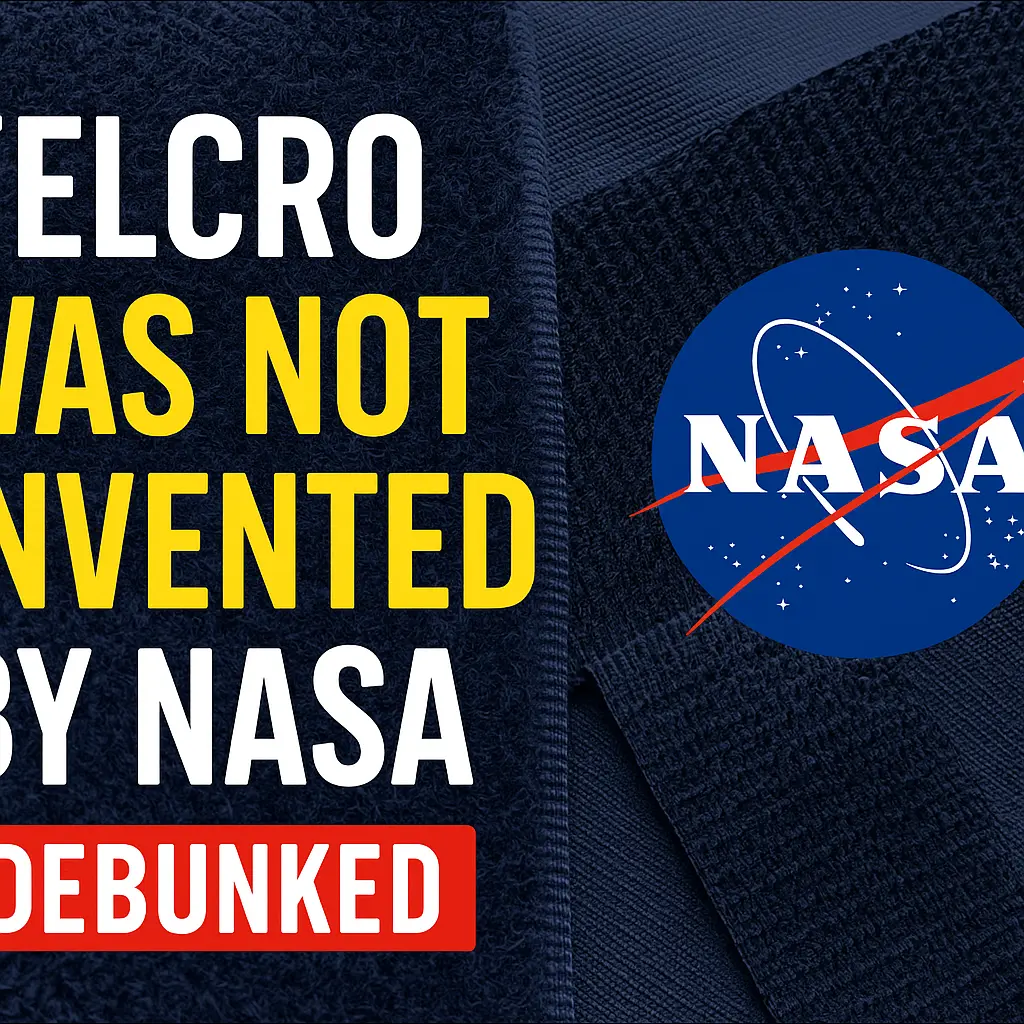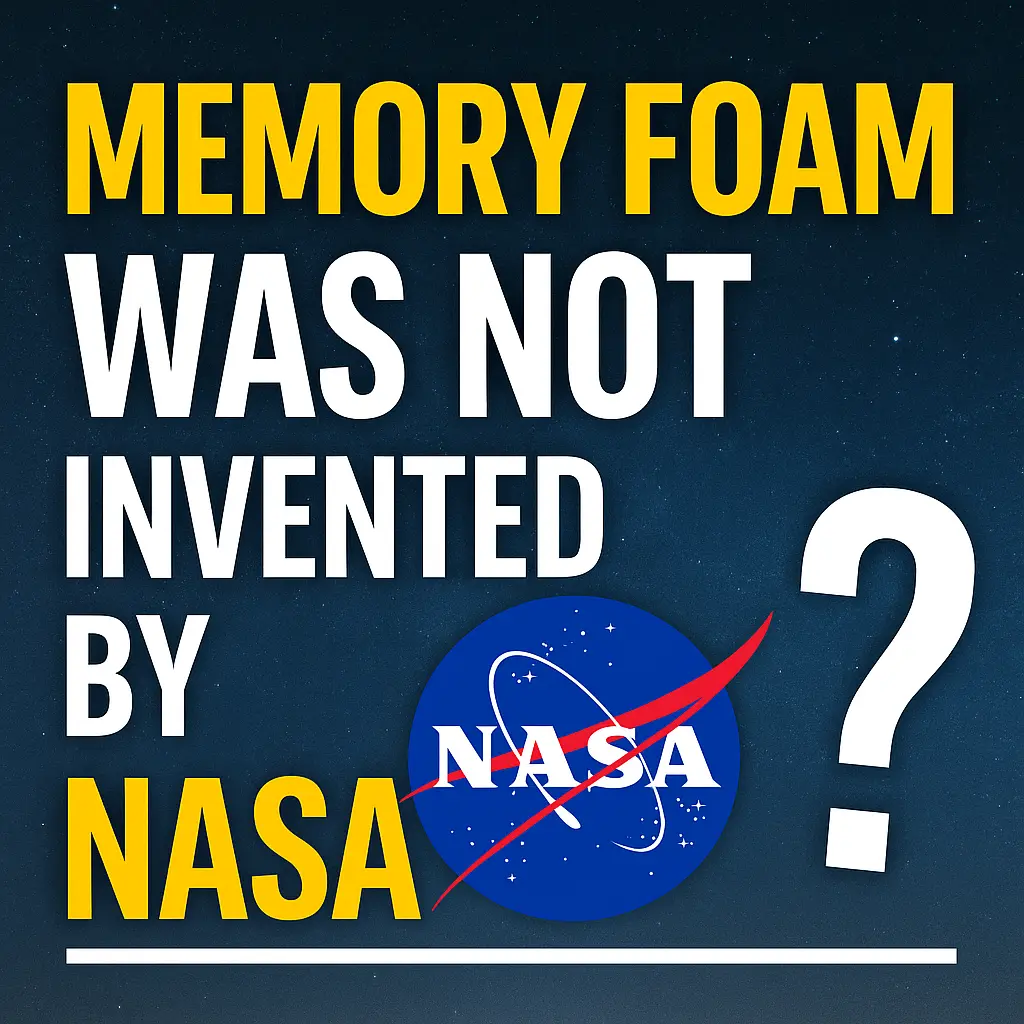For decades, Velcro has been popularly linked with astronauts, space suits, and the futuristic image of space-age innovation. The prevailing myth goes something like this: Velcro was invented by NASA for space missions, and the product’s widespread use is a direct result of space research.
It’s a compelling narrative—clean, efficient, and seemingly futuristic. And it’s wrong.
The Popular Myth: A NASA Invention for the Final Frontier
Ask the average person where Velcro comes from, and you’re likely to hear something about the Apollo program, space suits, or zero-gravity conditions. This association is not surprising. Velcro has become almost synonymous with the visual language of space travel: astronauts securing items in weightlessness, panels fastened in modules, and equipment kept in place with the famous “hook and loop.”
Given this strong visual link, many members of the public assume that Velcro must be a product of NASA’s engineering prowess—a brilliant invention born in the lab for the sole purpose of making space travel possible.
The Reality: A Swiss Invention Inspired by Nature
The truth is both more humble and more ingenious.
Velcro was invented not in the 1960s Space Race era, but in 1941, by George de Mestral, a Swiss electrical engineer. While walking his dog in the Alps, de Mestral noticed how burrs (the seed pods of the burdock plant) clung stubbornly to his dog’s fur and his clothing. Curious, he examined the burrs under a microscope and discovered they were covered in tiny hooks that latched onto loops in fabric and fur.
This observation led to an idea: could this natural mechanism be replicated with man-made materials?
After years of experimentation with various fabrics, de Mestral succeeded in developing a two-part fastening system—tiny hooks on one side, loops on the other—that bonded securely and could be pulled apart repeatedly. He patented the invention in 1955 and later coined the name “Velcro,” a combination of the French words velours (velvet) and crochet (hook).
NASA’s Role: Promoter, Not Inventor
So where does NASA come in?
While NASA did not invent Velcro, the agency did adopt it extensively in the 1960s, particularly during the Apollo missions. In the microgravity of space, Velcro proved invaluable for securing tools, fastening food trays, and even helping astronauts manage their personal items inside the spacecraft.
Because of NASA’s high visibility and cultural impact, Velcro quickly became associated with high technology and space exploration. Its popularity surged, and the misconception that NASA had invented it took hold in the public imagination.
Why the Myth Persists
There are several reasons why this myth remains popular:
- Visual Association: Velcro is visibly present in space gear, so it feels natural to associate it with space invention.
- Timing: Velcro became widely known during the height of public interest in space travel.
- Media Portrayal: Countless documentaries, sci-fi films, and pop culture references have reinforced the NASA connection.
- “Space Sells”: Linking products to space has long been a marketing tactic to make them appear more advanced or futuristic.
Understanding the Real Story Matters
Why does it matter whether Velcro came from space or a Swiss hiking trail?
Because it reminds us of the power of observation, curiosity, and biomimicry—the process of drawing inspiration from nature to solve human problems. The real story of Velcro isn’t about billion-dollar labs or space shuttles. It’s about a man who noticed something small and annoying, asked why it worked, and turned it into a multi-billion-dollar global product.
It also highlights the importance of public scientific literacy. Understanding where our technologies actually come from not only gives credit where it’s due but also helps the public grasp the broader ecosystem of innovation—one that includes engineers, scientists, nature, and yes, sometimes NASA.
Conclusion: A Case of Mistaken Origins
Velcro is a marvel of simplicity and function, but it was not born in space. It was born in the mountains of Switzerland, thanks to one man’s attention to nature and years of patient experimentation. NASA helped popularize it, but the invention belongs to George de Mestral—and to the burrs that stuck to his dog.
Next time you zip up a Velcro strap or fasten a shoe, remember: the real story is earthbound, and no less remarkable for it.



